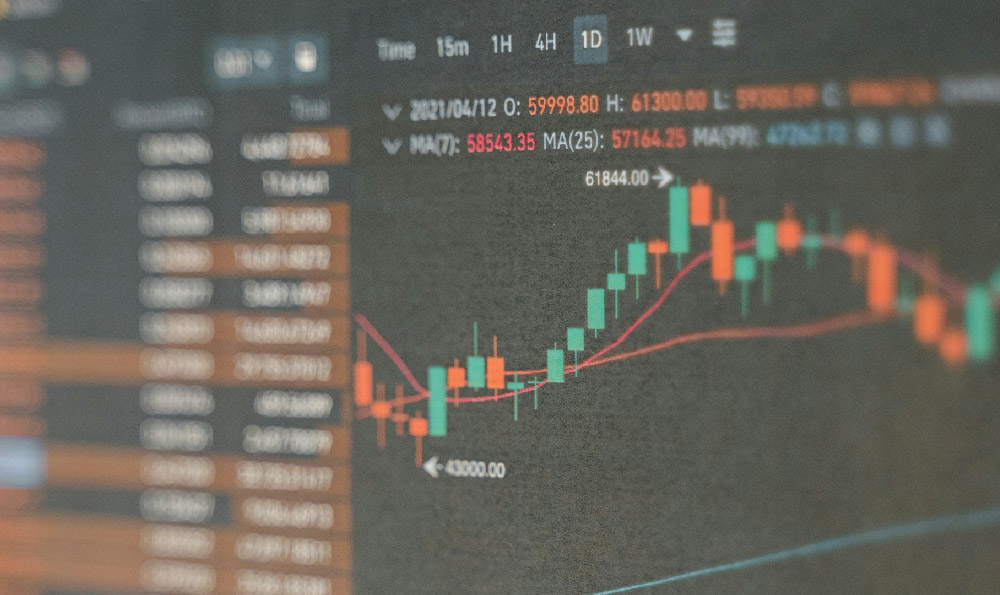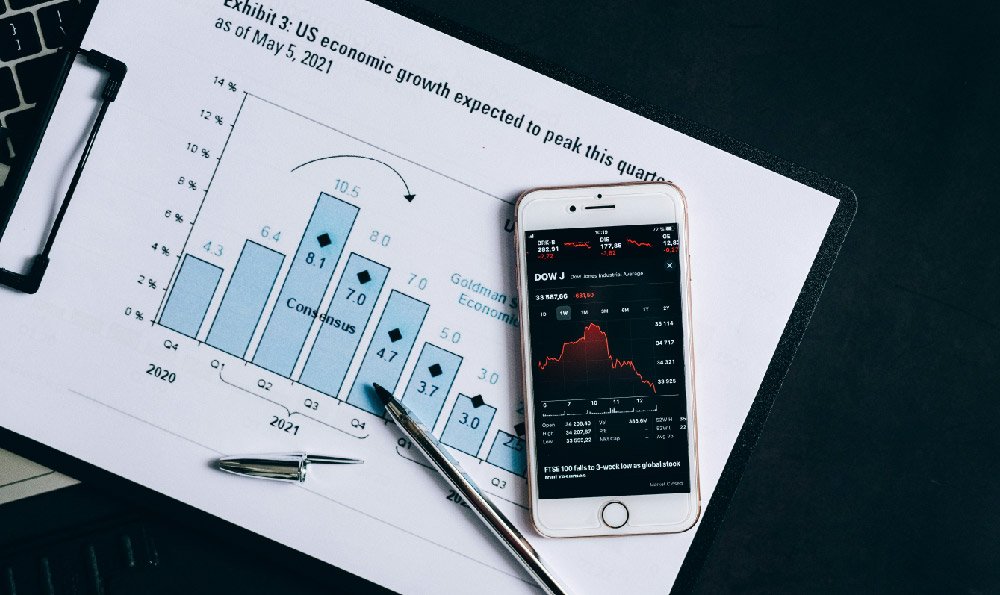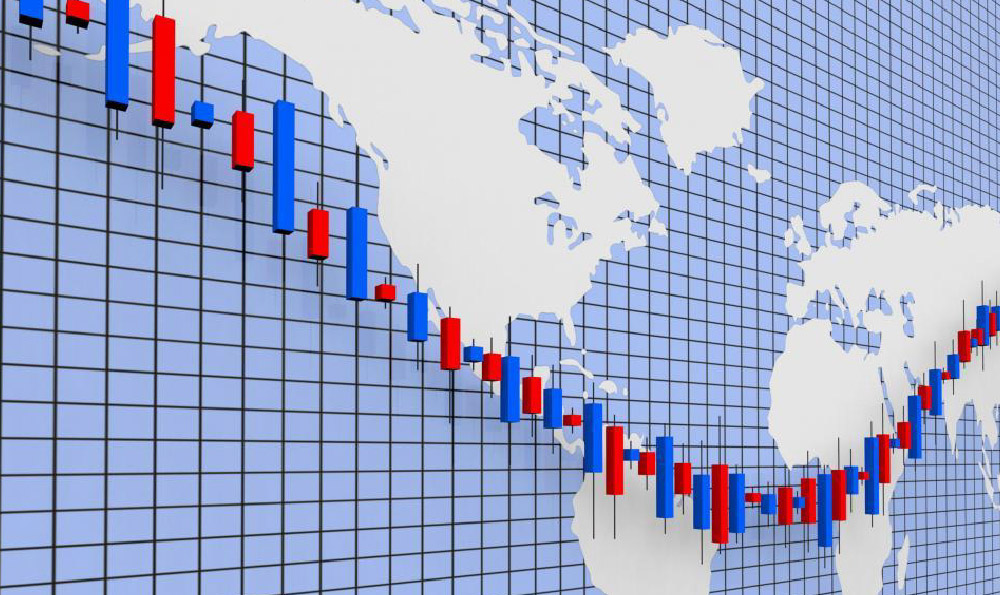Investing can seem daunting, a labyrinth of options and potential pitfalls. Exchange Traded Funds (ETFs) have emerged as a popular vehicle, offering a seemingly simple path to diversification and market exposure. But is investing in ETFs a wise move? The answer, like most things in finance, is nuanced and depends heavily on individual circumstances, financial goals, and risk tolerance. Understanding the potential benefits and risks is crucial before allocating capital to this asset class.
ETFs, at their core, are investment funds that trade on stock exchanges like individual stocks. This key feature distinguishes them from traditional mutual funds, which are typically bought and sold directly from the fund company at the end of each trading day. ETFs offer intraday liquidity, meaning you can buy and sell them throughout the trading day at market prices. They also generally boast lower expense ratios compared to actively managed mutual funds, as many track a specific index, requiring less active management from fund managers.
One of the most compelling advantages of ETFs is their inherent diversification. Many ETFs track broad market indices like the S&P 500 or the MSCI World Index, instantly providing exposure to hundreds or even thousands of different companies. This diversification can significantly reduce the risk associated with holding individual stocks, mitigating the impact of any single company's poor performance on your overall portfolio. This is particularly appealing for novice investors or those with limited capital who may not have the resources to build a well-diversified portfolio of individual securities.

Beyond broad market indices, ETFs offer access to a vast array of specific sectors, industries, asset classes, and investment strategies. Want to invest in renewable energy? There's an ETF for that. Interested in emerging markets? Plenty of options available. Need exposure to bonds? ETFs cater to various fixed-income strategies. This granular approach allows investors to precisely tailor their portfolios to align with their specific investment objectives and risk profiles. For example, a younger investor with a higher risk tolerance might allocate a larger portion of their portfolio to growth-oriented ETFs focusing on technology or small-cap stocks, while an older investor nearing retirement might prioritize ETFs that provide income and stability, such as bond ETFs or dividend-focused ETFs.
The transparency of ETFs is another significant benefit. Unlike some investment vehicles where the underlying holdings are opaque, ETFs are required to disclose their portfolio composition daily. This allows investors to see exactly what they are investing in and make informed decisions based on their understanding of the underlying assets. This transparency also helps investors avoid unintended sector concentrations or overlap in their portfolios, which can inadvertently increase risk.
However, the allure of ETFs should be tempered with a healthy dose of caution. While diversification is a strength, it's not a foolproof shield against market downturns. If the overall market declines, even a well-diversified ETF will likely experience losses. Moreover, diversification can sometimes limit potential upside, as the gains from high-performing companies are often diluted by the performance of less successful companies within the index.
Another potential risk lies in the tracking error of index-tracking ETFs. While these ETFs aim to replicate the performance of their underlying index, they may not always do so perfectly. Factors such as management fees, fund expenses, and the ETF's replication strategy can cause slight deviations from the index's performance. While tracking error is usually minimal, it's important to be aware of this potential discrepancy.
Liquidity, while generally a benefit, can also present risks. The price of an ETF is determined by supply and demand on the open market, and in times of market stress, the bid-ask spread (the difference between the highest price a buyer is willing to pay and the lowest price a seller is willing to accept) can widen significantly. This can make it more expensive to buy or sell ETFs, potentially eroding returns. Furthermore, thinly traded ETFs with low trading volumes can be more volatile and susceptible to price swings. It’s crucial to consider the trading volume and liquidity of an ETF before investing, especially when dealing with niche or specialized ETFs.
Expense ratios, while generally low, can still impact long-term returns. Even seemingly small differences in expense ratios can compound over time, significantly reducing the overall return on investment. Investors should carefully compare the expense ratios of different ETFs tracking similar indices to ensure they are getting the best value for their money. Also, remember to consider any brokerage commissions or fees associated with buying and selling ETFs, as these can further reduce returns.
Finally, complex ETFs, such as leveraged ETFs and inverse ETFs, require a deep understanding of their underlying mechanics and should only be used by sophisticated investors with a high risk tolerance. These ETFs are designed to amplify returns or provide inverse exposure to a specific index or asset class, but they often come with significant risks and may not perform as expected over longer periods. They are generally intended for short-term trading strategies and are not suitable for long-term buy-and-hold investing.
In conclusion, investing in ETFs can be a wise move for many investors, offering diversification, transparency, and low costs. However, it's essential to understand the potential risks, carefully evaluate individual ETFs, and align investment decisions with personal financial goals and risk tolerance. Thorough research, diversification across different asset classes, and a long-term perspective are key to successful ETF investing.












